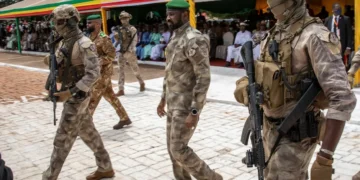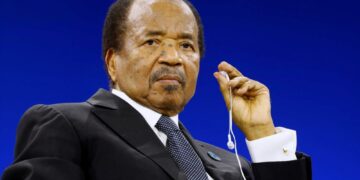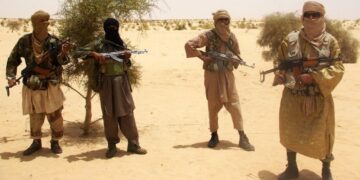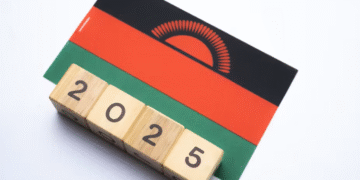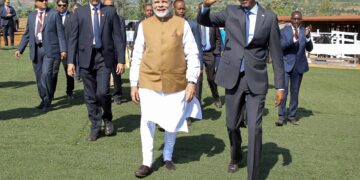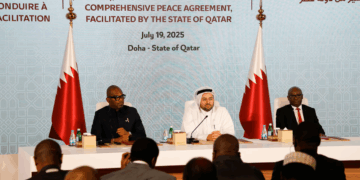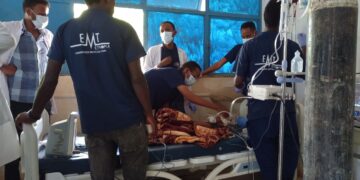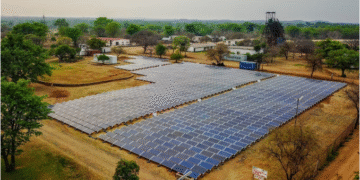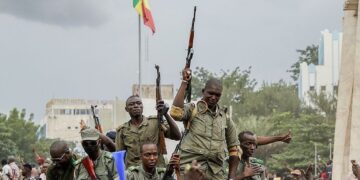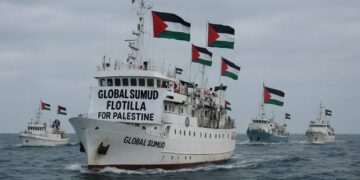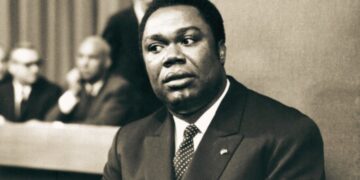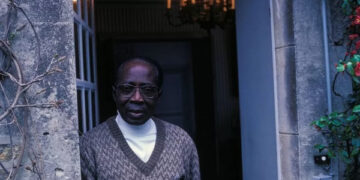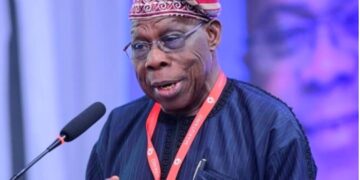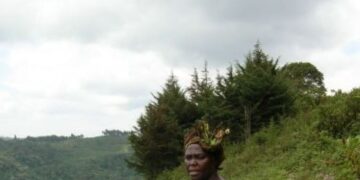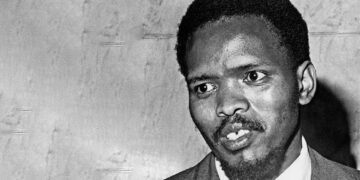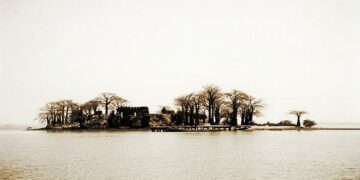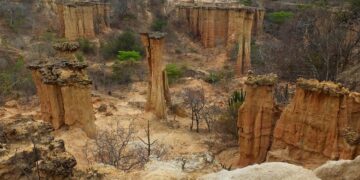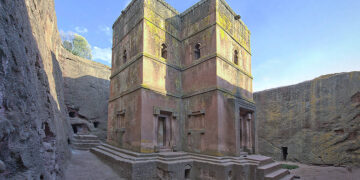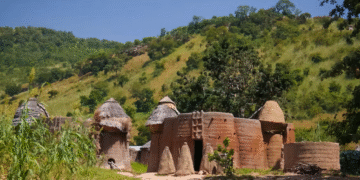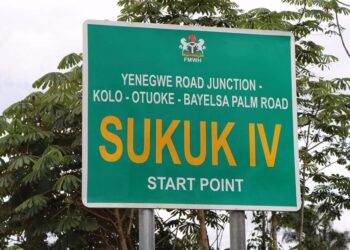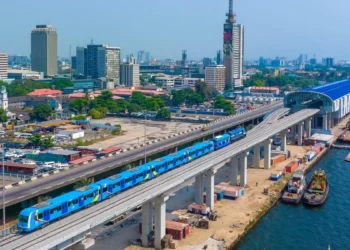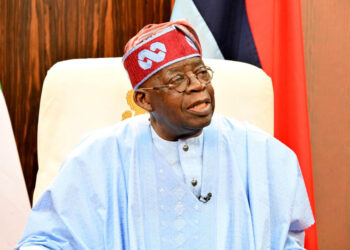The Wolof people are a West African ethnic group located in northwestern Senegal, Gambia and the southwestern coast of Mauritania. In Senegal, Wolof is the largest ethnic group, while elsewhere it is a minority. They refer to themselves as Wolof and speak the Wolof language in the western Atlantic branch of the Niger-Congo language family.
While French remains the official language of Senegal, Wolof has emerged as the primary national vernacular, with Serer and Fula being the most closely related languages. The Lébu, an independent ethnic group, use a distinct dialect of Wolof.
Wolof are also known as the merchants of West Africa, they are very aggressive in trading, which is a big part of their history. Historically a role the Wolof are especially known for is their involvement in the slave trade. They worked capturing, transporting, and selling slaves from the port in Dakar, and with this have been involved in many different people groups.
The typical rural community is small (about 100 persons). Most Wolof are farmers, growing peanuts (groundnuts) as a cash crop and millet and sorghum as staples; many, however, live and work in Dakar and Banjul as traders, tailors, carpenters, teachers, and civil servants.
Besides farming, many villagers are involved in a host of specialized crafts, including weaving, metalworking, leatherworking, thatching, tailoring, dyeing textiles, pottery and basketry production, hairdressing, and house construction. The two classes of smiths are the blacksmiths, who largely make agricultural tools, and jewelers who work in gold or silver. Since bolts of manufactured cloth can now be purchased, weaving is carried out much more seldom than formerly. Certain males outside of their own villages find employment in modern undertakings like phosphate mining.
Traditional groups were characterized by a markedly hierarchical social stratification, including royalty, an aristocracy, a warrior class, commoners, slaves, and members of low-status artisan castes; at their head was a paramount chief.
Nowadays, it has been recorded that the main causes of conflict in the villages are political factionalism, land, and marital disagreements. Only in the political sphere does physical violence happen.


